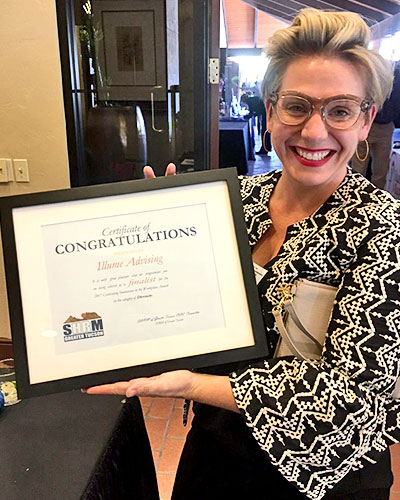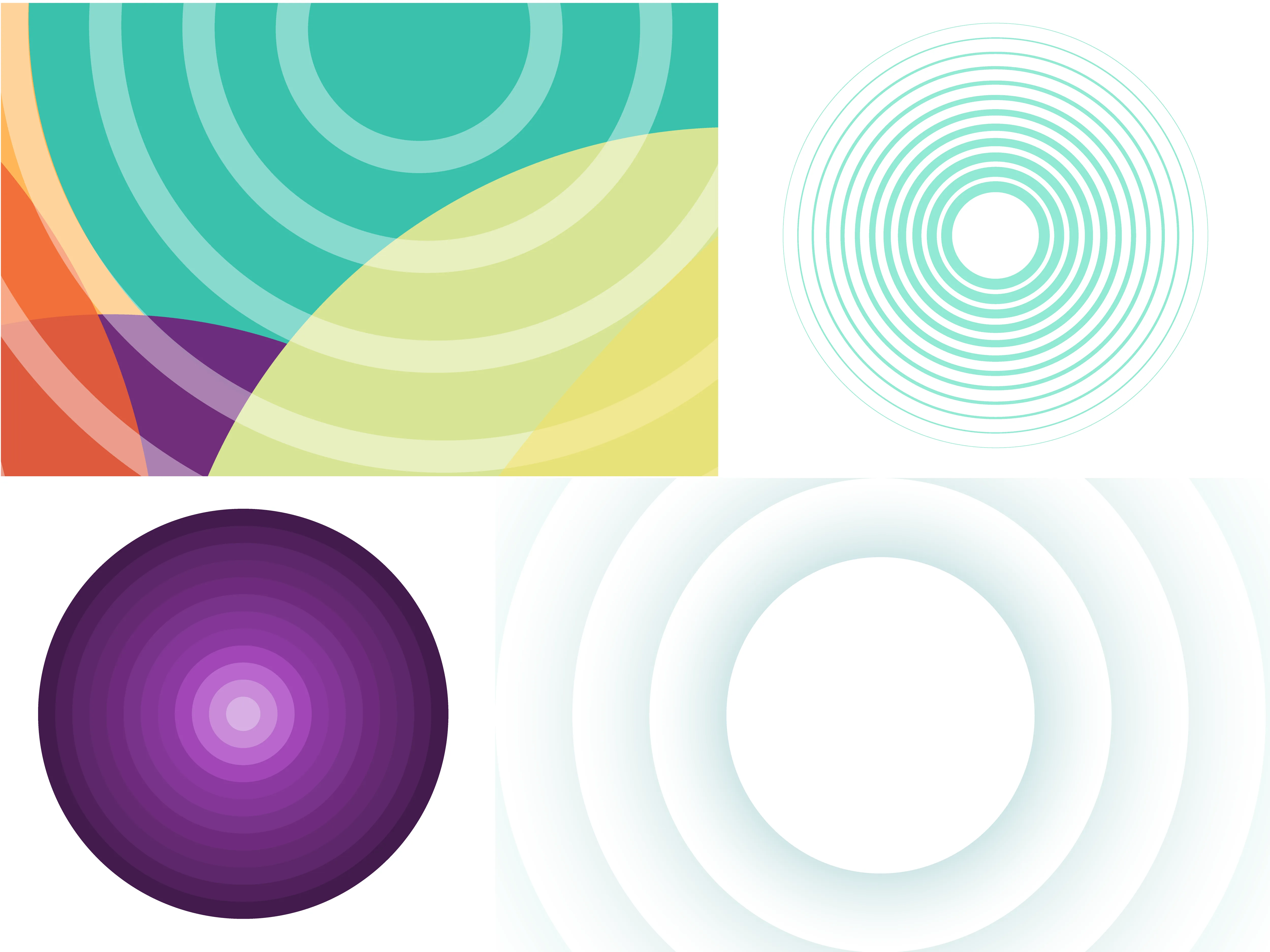Five years ago, Sara Conzemius and I left thriving practices at large, successful energy service companies to create a new kind of consulting agency. Our goal was to reboot workplace culture to ultimately change the status quo and grow more women in leadership. ILLUME Advising has achieved this and more, and the timing was perfect for a utility industry in the midst of reinvention.

As a team of culturally diverse, mostly female consultants, ILLUME now has a reputation for delivering clear insight in fresh and game-changing ways.
As we have evolved, so has the energy industry – and our nation’s corporate culture in general – with regard to the importance of diversity and inclusion in the workplace.
Trends in our industry
The energy industry mirrors larger society in trending interest in workplace diversity (see the Society for Human Resource Management’s post on “Top 7 Diversity & Inclusion Trends in 2017” and a post from Awaken’s Michelle Kim on “2017-2018 Trends in Diversity and Inclusion”). We are overcoming aging workforce issues, are more sensitive to the role of workplace culture, and are keenly aware that innovation is fueled by diversity. After five years of actively nurturing diversity and inclusion at our company, with benefits that overflow to our utility clients and their customers, I have some thoughts to share about opportunities in our particular industry.
Diversity in the workforce leads to better customer care
We have found that our utility clients who value supplier diversity are better able to deliver marketing, outreach, and customer care strategies. Utilities with a multi-faceted approach to diversity ultimately reach more customers, create deeper brand loyalty, and are better able to identify new product and service elements to satisfy customer appetites.
At this year’s AESP Spring Conference 2018, we facilitated a session with Georgia Power, ICF, and Metrics Marketing, where we told our story of collaboration. It was a great example of the innovation and customer value that results from a multicultural focus.
ILLUME Sr. Project Manager Lisa LeBeau Obear described a process in which women and diverse cultural representatives contributed to energy program planning, outreach strategies, and service design. The results were tangible and tactical. Armed with empathy, the utility increased their value to the customer in many ways: overcoming language barriers, addressing the particular needs of small businesses, reaching women – often the key decision-makers – at critical junctures in their customer journey, and building the capacity of diverse contractors to cement customer loyalty.

Diversity isn’t enough; if you want innovation, inclusion is the real work.
Most people now acknowledge that a diversity of perspectives is fundamental to innovation. But just recruiting a diverse team is only half the battle. Once they’re on board, how do organizations foster the kind of collaboration and interplay that produces effective new solutions? In addition, how do organizations follow through beyond recruiting diverse teams and implementing multicultural strategies? What metrics are in place to examine the efficacy of the inclusion and retention efforts that are deployed?
At the Edison Electric Institute (EEI) Supplier Diversity Conference in Fort Worth this May, we touched on a discussion of microaggressions and the backlash that follow when companies use half-baked efforts at inclusion.
ILLUME’s Allison Musvosvi and I led a workshop to help utility Diversity and Inclusion teams engage with the right data and questions to go further in their diversity efforts. We were pleased to support the work of EEI’s Business Diversity Program in shining a light on the benefits of supplier diversity.
We all have blind spots
Often, in inclusivity discussions, factors such as social class, economic class, disabilities, gender identity, or sexual orientation are overlooked. I have learned that a good way to deal with our blind spots is to build a culture that is safe for all forms of diversity. Some of the principles we apply at ILLUME are:
- Broaden the search: Diversity requires intention. If our traditional recruiting methods are shown to lead to the same type of applicants, we look for ways to expand our reach to invite applicants from new and alternative sources.
- Value a meandering path: Many marginalized populations do not have the same access to education, internships, job growth, or mentorship in their career. Growth and advancement can take many forms. We work to identify and value talents that emerge from different or unexpected paths to career advancement.
- Create a space to share our stories: Story sharing engenders empathy. The ability to value diverse experiences is a skill that can be learned. We try to hone our listening skills and create forums for open and celebratory responses to the different, but equally meaningful, ways that we create families, friendships, and careers.
- Shut down haters: Toxicity of any form can quickly devolve into bullying behavior. Leadership needs to set the tone and create spaces of mutual respect to maintain safe spaces for all team members.
- Take a side: Sometimes, when businesses remain silent on issues, marginalized groups feel excluded. One way to create a safe space is to give voice to issues and topics that improve the lives of traditionally marginalized communities.
Honing our own practice
At ILLUME, we’ve created an environment of fruitful, inspiring exchange for our diverse workforce. We have four practices that help us consciously resist the usual performance yardsticks that perpetuate bias in the assessment of a person’s work:
- Extend dignity and examine the gender- class- and culture-based limits to advancement in our industry;
- Prioritize quality over quantity as the assessment of success, which affords space for women to advance even when working part- or reduced- time due to their disproportionate role in domestic labor;
- Ensure flexibility, confidence that adults can and will get their work done; and
- Make a point to promote the success of other women and people of color in the workplace to extend the locus of control and power.
These practices not only promote diversity they ensure excellent output, creative thinking, and innovative solutions.
This is a long journey.

A lot has changed in the political and business landscapes since we started ILLUME in 2013. Check out two of our older posts on diversity:
- From 2015 – On the role of women in advertising and creative industries
- From 2016 – Maybe #womeninenergy isn’t enough
In an age when power is literally shifting en masse to a customer base with many faces, identities, and cultural contexts, it is more important than ever for utilities to embrace diversity and inclusion. It’s necessary for innovation, it’s good for business, and it’s just more satisfying. Stay with us on this journey!






